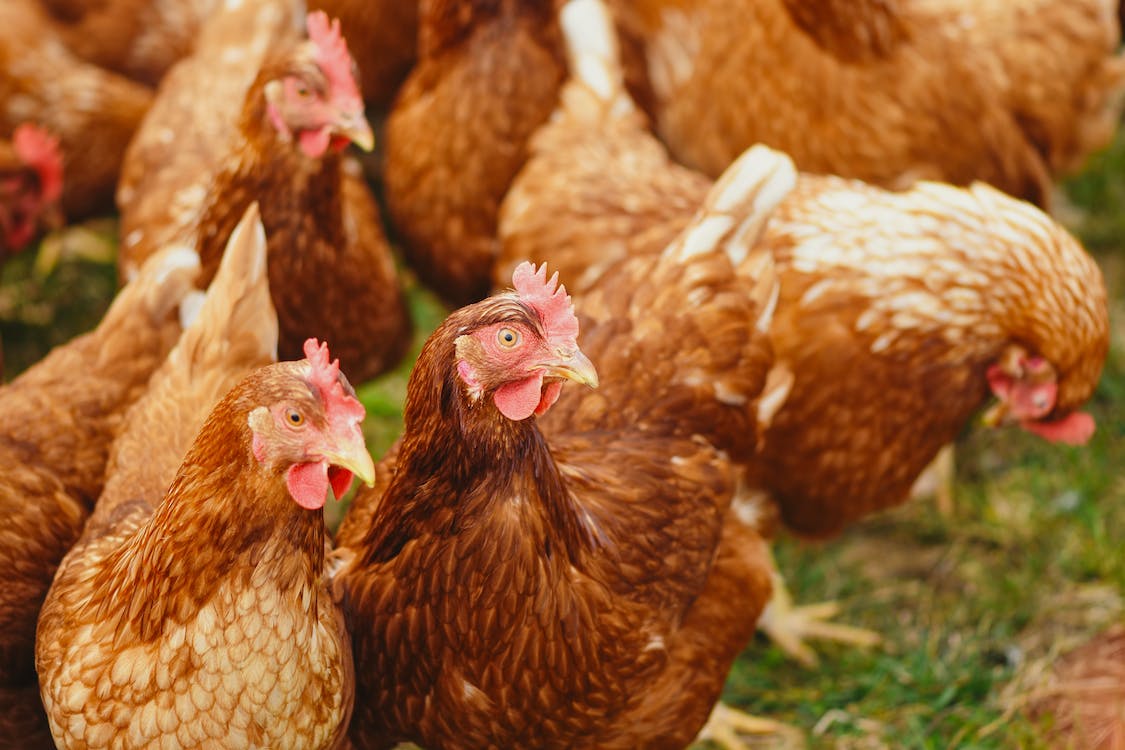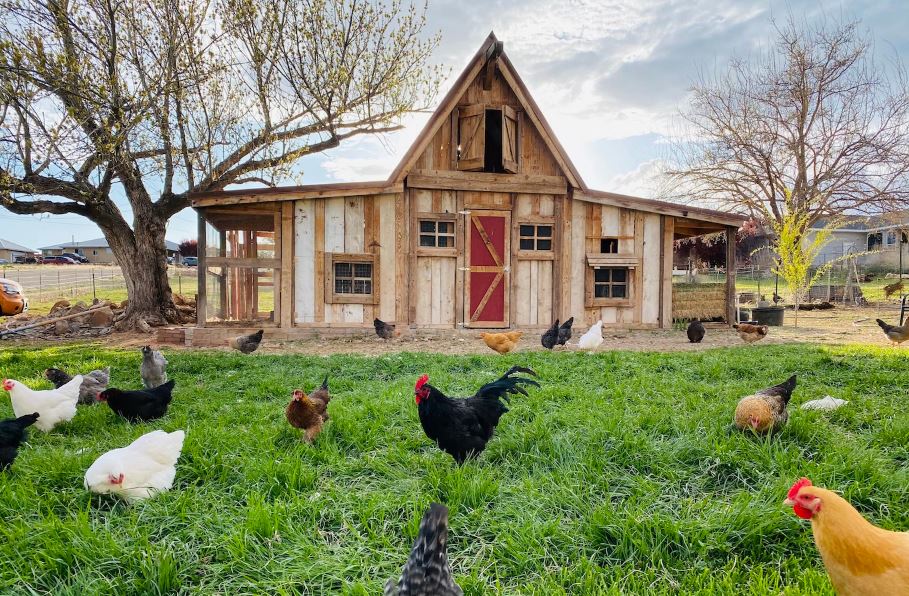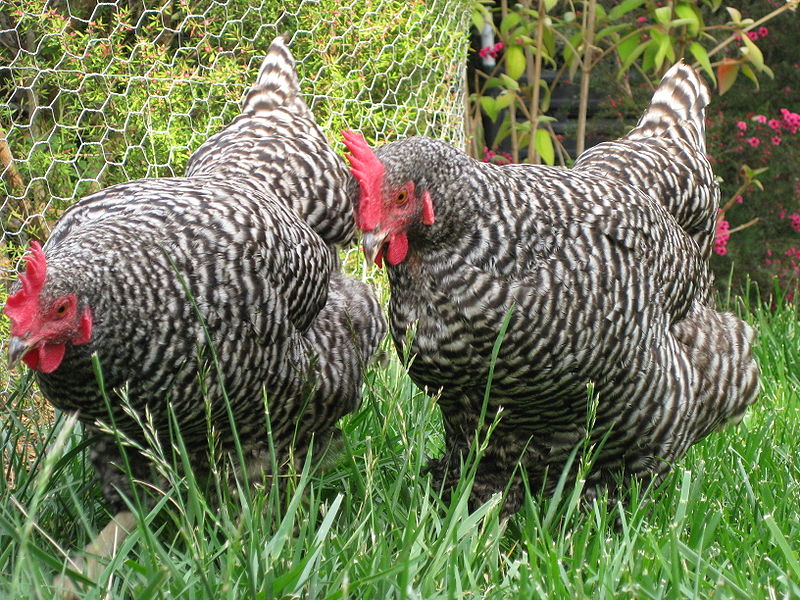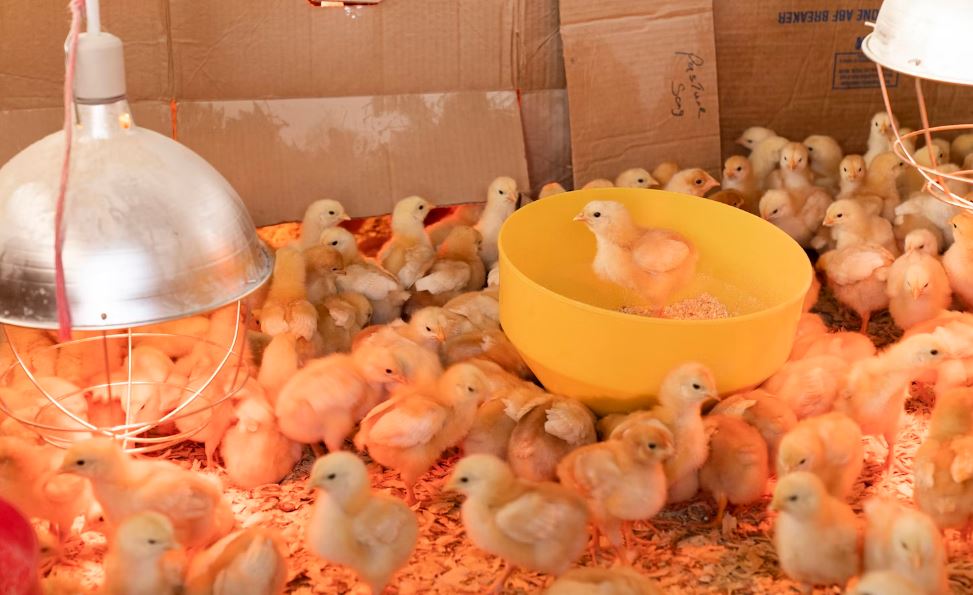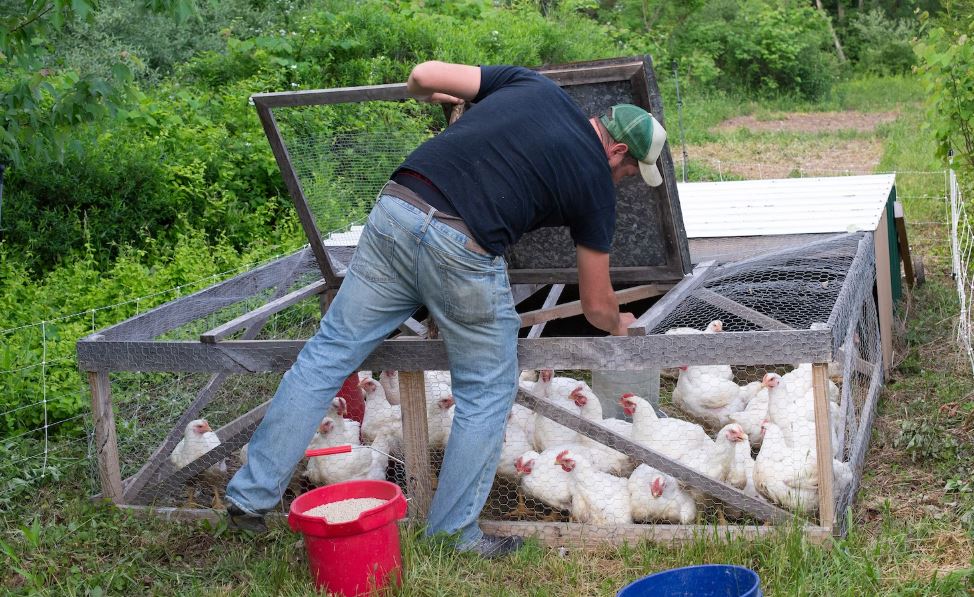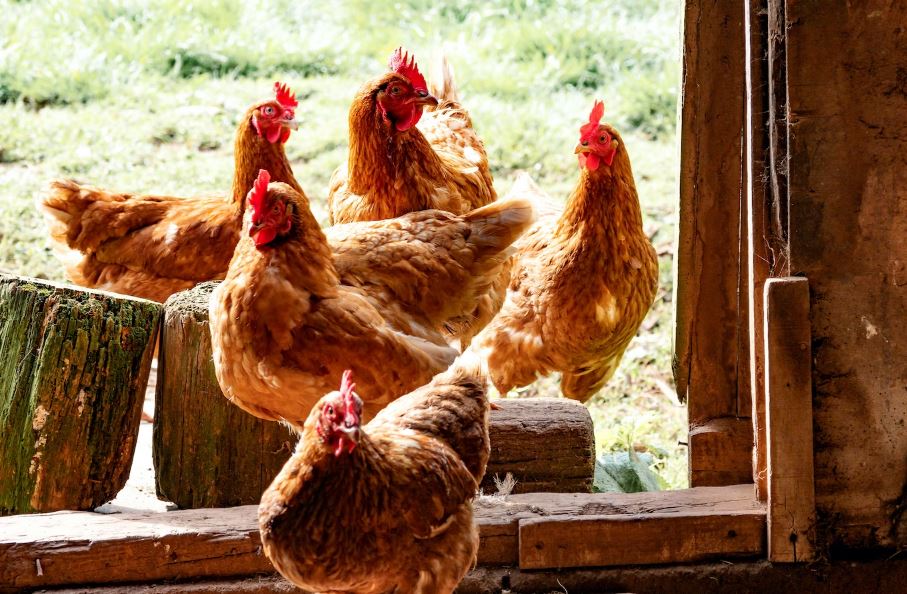Keeping backyard chickens is a truly joyful experience that everyone should try. Yes, it does involve some hard work, but the benefits it brings to your home, family, and even your neighbors are countless. The best part is, you don’t need a huge yard or a lot of space; in fact, more and more people in urban and suburban areas are getting into chicken keeping. It just goes to show that with passion and care, anyone can make it their hobby.
Whether you’ve thought about having your own backyard flock before, or it’s a completely new idea to you, think of this content as your starting point. It’s like a complete manual on everything you need to know about raising backyard chickens, from choosing the right chicken breeds to protecting them from common threats like predators. Knowledge is power, so keep reading to dive into the wonderful world of chicken keeping!
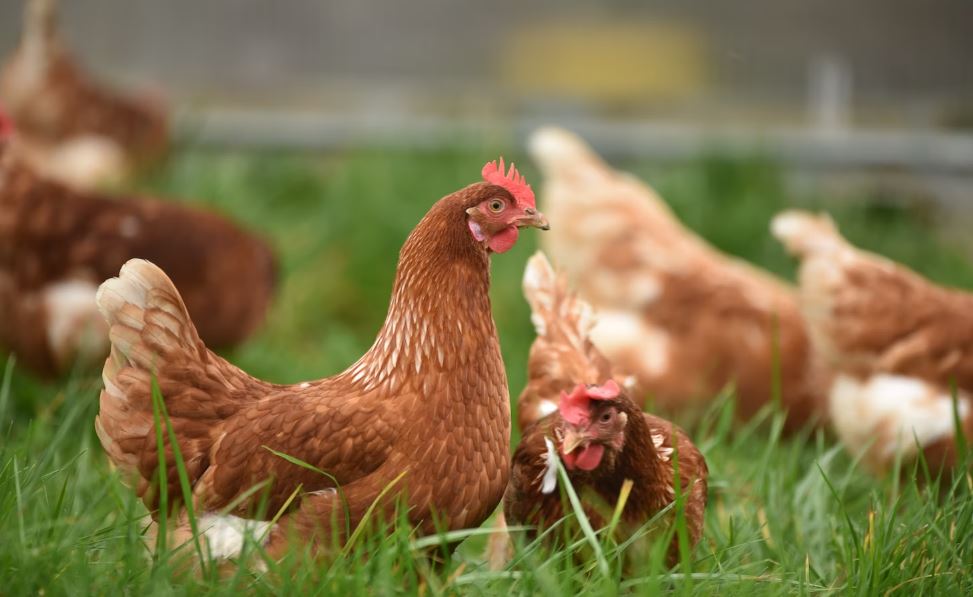
Why Do People Raise Chickens In Their Backyard?
One primary reason is their cost-effectiveness as pets when compared to other common animals. Chickens can often be obtained at a low cost, or even for free, such as ex-battery hens. For some breeds, you may only need to invest a few pounds or dollars per bird, allowing you to start a small flock without breaking the bank. Obtaining a chicken coop has become quite convenient in recent times, as you can easily purchase one online or from a local store. Alternatively, if you have a knack for DIY projects, you can construct your own coop. There’s a wealth of chicken coop plans available online, and you can also find many books dedicated to this subject.
Additionally, spare buildings and sheds can be repurposed into suitable accommodations for chickens. For instance, you’ve often housed hens in your farm’s barn. If you can secure these structures well enough to keep predators at bay, they can be transformed into suitable poultry sheds, offering a practical and cost-effective option for chicken keepers.
8 Essential Guide To Raising Chickens
1. Beginner’s Guide To Chicken Coops:
When venturing into the world of chicken-keeping, understanding the fundamentals of chicken coops is paramount. Similar to a brooder, a chicken coop serves as a vital component in providing your burgeoning flock of feathered companions with essential necessities, including shelter, warmth, access to sustenance, and a reliable source of hydration. Throughout the coop planning and construction process, maintaining the safety and well-being of your chickens remains a top priority.
Regarding space requirements, it’s generally recommended to provide about 2 to 3 square feet of indoor space per laying hen within the coop, ensuring they have ample room to perch, nest, and move about comfortably. If you opt for an outdoor run, aim for at least 8 to 10 square feet of space per chicken in the run area to accommodate their need for exercise and exploration. Keep in mind that local regulations, chicken breeds, and coop design can influence these space requirements. Careful planning and attention to detail will result in a coop that not only keeps your chickens safe but also promotes their happiness. Moreover, achieving a harmonious balance among these aspects is key, as it results in the creation of a secure and cozy haven for your chickens, ultimately contributing to their overall health.
2. Choosing Backyard Chicken Breeds:
Selecting the right chicken breeds for your backyard is a significant decision, and the options available are abundant. Your choice should align with your lifestyle, egg requirements, and the available space on your property. Factors like reliability, egg production, and adaptability should guide you in determining whether a dependable breed is an ideal fit for your backyard. Here are 7 Kid-Friendly Chicken Breeds that are perfect for your backyard:
- Plymouth Rock: Characterized by black and white striped feathers, Plymouth Rock chickens have a long lifespan and are known for their friendliness and curiosity. They enjoy free-ranging and can lay four to five brown eggs per week.
- Silver or Golden Laced Wyandotte: Developed in the United States, these chickens are suitable for colder regions and have strong personalities. They are friendly and docile with keepers, but not necessarily lap chickens. They lay 4-5 eggs a week with pale brown shells.
- Easter Egger: These chickens are not an official breed but are known for their colorful eggs, which can range from pink to green and blue. They are friendly, good with kids, and lay about four eggs a week, offering an exciting variety of colors.
- Buff Orpington: Known as the “golden retrievers of the chicken world,” these large, golden-feathered chickens from England are friendly and enjoy human interaction. Providing ample space for movement and a clean environment ensures their happiness and egg production.
- Australorp: These black chickens from Australia have iridescent green feathers and are well-suited for confinement. They are outgoing, curious, and great layers, typically producing five medium/large brown eggs each week.
- Brahma: These friendly chickens come in regular and bantam sizes, with an attractive appearance featuring white feathers and unique black markings. Their large size may seem intimidating, but they are remarkably gentle and docile.
- Silkie Bantam: Silkies are lightweight and easy to handle, with distinctive fluffy feathers and unique five-toed feet. They are docile pets, although they may not be prolific egg layers.
3. Caring For Chicks In A Brooder:
When it comes to welcoming new chicks into your home, the pace of events can be remarkably swift. Therefore, the most pivotal step you can take to ensure the well-being and growth of these adorable, downy creatures is to set up a brooder in advance. A brooder serves as a warm and secure haven for your chicks until they develop their mature feathers, and its preparation is paramount for their health and development. This comprehensive guide is your go-to resource for all the essential steps involved in preparing for your chicks. It commences with the crucial task of setting up the brooder, well in advance of the day when your precious chicks arrive in your care. Properly preparing the brooder is the foundation upon which the successful and healthy growth of these fluffy little beings will be built.
4. Tending To Your Backyard Flock:
After your chickens have comfortably nestled into their new abode, your role shifts to that of a caregiver, responsible for their well-being as they mature. Your mission is to ensure that they have all the essentials to maintain their health, sustain egg production, and engage in their natural social interactions. These provisions will not only cater to your chickens’ immediate needs but will also assist them in seamlessly transitioning through the changing seasons.
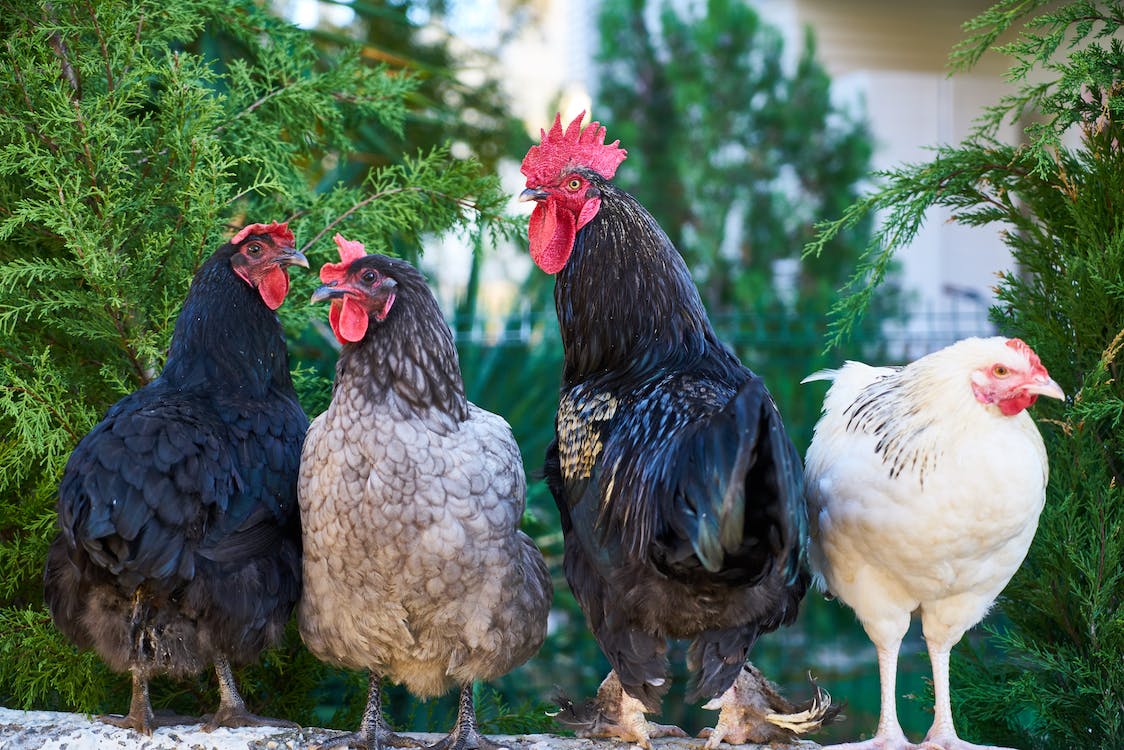
5. Procuring Chickens From A Hatchery:
When it comes to establishing your chicken flock, there are two primary routes to consider: raising them from chicks or acquiring fully grown adult chickens. Regardless of your preference, it’s paramount to give thoughtful consideration to the source of your new feathered friends. Before reaching a decision, it’s essential to assess the advantages and drawbacks of obtaining chickens from a hatchery, through mail-order channels, or via local hardware stores or neighboring farms. The choice you make at this stage can significantly impact your chicken-keeping journey, so it’s worth taking the time to explore these options thoroughly. Each source has its own set of merits and potential downsides, and understanding them will help you make an informed decision that aligns with your goals and circumstances.
6. Crafting The Ideal Nest Box:
A nest box is a critical fixture in any chicken coop, providing a secure, private, and comfortable space for your hens to lay their daily eggs. Seasoned chicken keepers are well-acquainted with the frustration of finding eggs in unexpected places like flower pots and garden corners. While an occasional stray egg is inevitable, a well-planned nest box can minimize ground-laid eggs. The nest box isn’t just about convenience; it also contributes to egg quality and cleanliness. Proper design encourages hens to lay eggs where you want them and helps protect the eggs from dirt and breakage. To create the perfect nest box, focus on size, location, and materials. Ensure sufficient space for each hen, place the boxes in a quiet, dimly lit area within the coop, and use comfortable, easy-to-clean nesting materials. By thoughtfully designing your nest boxes, you can streamline egg collection and maintain high egg quality standards for your flock.
7. Feeding Your Backyard Chickens:
While your backyard chickens can glean a significant portion of their nutrients from foraging and consuming greens, it’s essential to provide them with access to a balanced feed for their overall health and productivity. One beneficial practice to consider is fermenting your chickens’ feed, which can enhance its nutritional value. Additionally, when supplementing their diet with treats like watermelon or orange rinds, it’s important to be mindful of certain dos and don’ts to ensure the well-being of your feathered friends. Maintaining a well-balanced diet for your chickens is fundamental to their vitality, egg production, and overall quality of life. This guide offers insights into the nutritional requirements of your flock and offers tips on optimizing their diet for optimal health and happiness.
8. Understanding Regulations For Backyard Chicken Keeping:
After deciding to introduce a backyard chicken flock to your lifestyle, the subsequent crucial step involves delving into the realm of local regulations. State laws governing backyard chicken keeping exhibit significant variability and may undergo frequent updates, underscoring the importance of comprehensive research. This investigative process typically unfolds at your local town or city hall, where administrative authorities can offer invaluable guidance. Their expertise extends to delineating precisely what activities are permissible within your specific town, even at the neighborhood level. Understanding and adhering to local laws and regulations is an indispensable and proactive measure, shielding you from potential legal or other complications down the road. By engaging in this process, you not only ensure the harmonious coexistence of your future feathered companions with your community but also mitigate any potential disruptions that may arise from misunderstandings or conflicts related to backyard chicken keeping. Therefore, investing time and effort in understanding these laws is a foundational step toward fostering a positive and compliant environment for your backyard flock.
COMMON CHICKEN AILMENTS
Even chickens that enjoy the freedom of free-ranging can occasionally encounter illnesses or injuries. However, by familiarizing yourself with this comprehensive list of common ailments and their corresponding remedies, you can take proactive steps to maintain the health and well-being of your backyard flock. Acquiring a thorough understanding of prevention and treatment strategies for chickens is paramount, and readiness is your most intelligent approach to ensuring the vitality of your feathered companions.
Here’s a brief expansion on each of the common chicken ailments:
- Respiratory Issues: Chickens can develop respiratory infections due to poor ventilation, leading to symptoms like coughing, sneezing, and nasal discharge.
- Worms: Internal parasites like worms can affect a chicken’s digestive system, leading to diarrhea, weight loss, and a decline in egg production.
- Gastrointestinal Issues: Problems like impacted crops or sour crops can disrupt digestion. Treatment may include massage or crop flushing.
- Egg-Laying Problems: Chickens can experience issues like egg binding (difficulty laying eggs), soft-shelled eggs, or prolapse (uterus protruding). Prompt veterinary attention is crucial.
- Mites and Lice: External parasites can cause skin irritation, feather loss, and discomfort in chickens. Regular coop cleaning and dust baths can help prevent infestations.
- Heat Stress: High temperatures can lead to panting, decreased egg production, and even death. Provide shade, ventilation, and fresh water during hot weather.
- Frostbite: Extremely cold temperatures can damage a chicken’s combs and wattles. Insulation and heating can prevent frostbite in cold climates.
- Bumblefoot: Bacterial infections in a chicken’s foot, often stemming from injuries or unsanitary conditions. Treatment includes cleaning and sometimes surgery.
- Injuries: Chickens may get hurt from fights, predator attacks, or accidents. Isolate injured birds, clean wounds, and provide appropriate care.
Regular monitoring, hygiene, and prompt intervention when needed are key to maintaining a healthy and productive backyard flock. Consulting with a poultry veterinarian for specific concerns is advisable.
Conclusion
The endeavor of raising chickens in your backyard or on your rural property offers valuable and enriching experiences, benefiting not only yourself but also your family and neighbors. However, delving into chicken farming extends beyond the surface and demands comprehensive knowledge and commitment. From the initial selection of chicken breeds to navigating legal considerations and addressing the health needs of your flock, there is a multitude of factors to consider. Therefore, if you’re contemplating embarking on the journey of raising chickens, it’s imperative to treat this guide as your steadfast companion. Consistently referring to this comprehensive resource will empower you with the insights and expertise needed to navigate the complexities of chicken keeping successfully.

